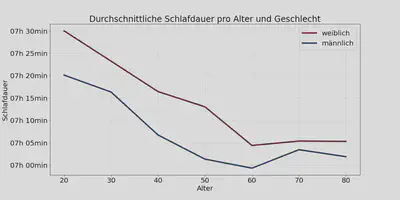The data donation 2.0 is here
Dear donors,
After several months of preparation, it is finally here: Corona Data Donation 2.0, through which you can participate in scientific studies on the consequences of the Corona pandemic as of today. In these studies, we will regularly ask you to answer short questionnaires on specific topics, voluntarily of course.
The app update is available from the Google Play Store if you have an android phone, from the Apple App Store if you are on iOS, as well as from the Huawei App Gallery.
By updating to Corona Data Donation 2.0, we want to allow you to participate more directly, improve the data on which our scientific work is based, and create a way to evaluate the results so far.
Support science you find important
The update initially unlocks two studies in the app, and we are already working on more in the background. It is important to note that we will only offer you studies in which we see a clear added value, and that participation always remains absolutely voluntary.
The first study “Tests, symptoms and living situation” will help us to further improve the algorithms of the fever monitor, as well as to detect possible signs of long covid disease in the data. Participants:in the study will be asked to provide further information on socio-demographic characteristics, health status and behavior in questionnaires. These data will also help us understand which groups are participating in the data donation project - and which may not. In the second study, “Experience and Behavior in the Pandemic,” we are collaborating with the COSMO study scientists led by Cornelia Betsch to understand individual exposure and risk perceptions, as well as individual behavior in the pandemic.
Better science thanks to better data
Using data from the surveys, such as if and when you had a covid infection, or were vaccinated, we can improve our results in two ways.
The first is to evaluate and improve previous results, for example, detections in the fever monitor. For the detections, we use our algorithm to look at a person’s vital signs - resting heart rate and step count - and estimate whether a Covid disease might have been present during the period under consideration. With your help we can compare the result of this estimation with the result of the survey - and check directly how well our algorithm works.
The second improvement through data donation 2.0 is answering new questions. In one of the recent analyses, we looked at sleep duration in the pandemic and found that there is a gender difference here. But to what extent is this due to different (gendered) experiences of the pandemic? Or is it always present completely independent of the pandemic? In the second study “Experience and Behavior” we want to answer these and other questions. The following graph shows the nationwide sleep duration in hours by age and gender. How much of the difference might be due to men and women experiencing the pandemic differently?

We hope that many of you will be as eager and committed to helping us with Data Donation 2.0 as you have been in the past - and that together we can answer some old and new questions more accurately than before.